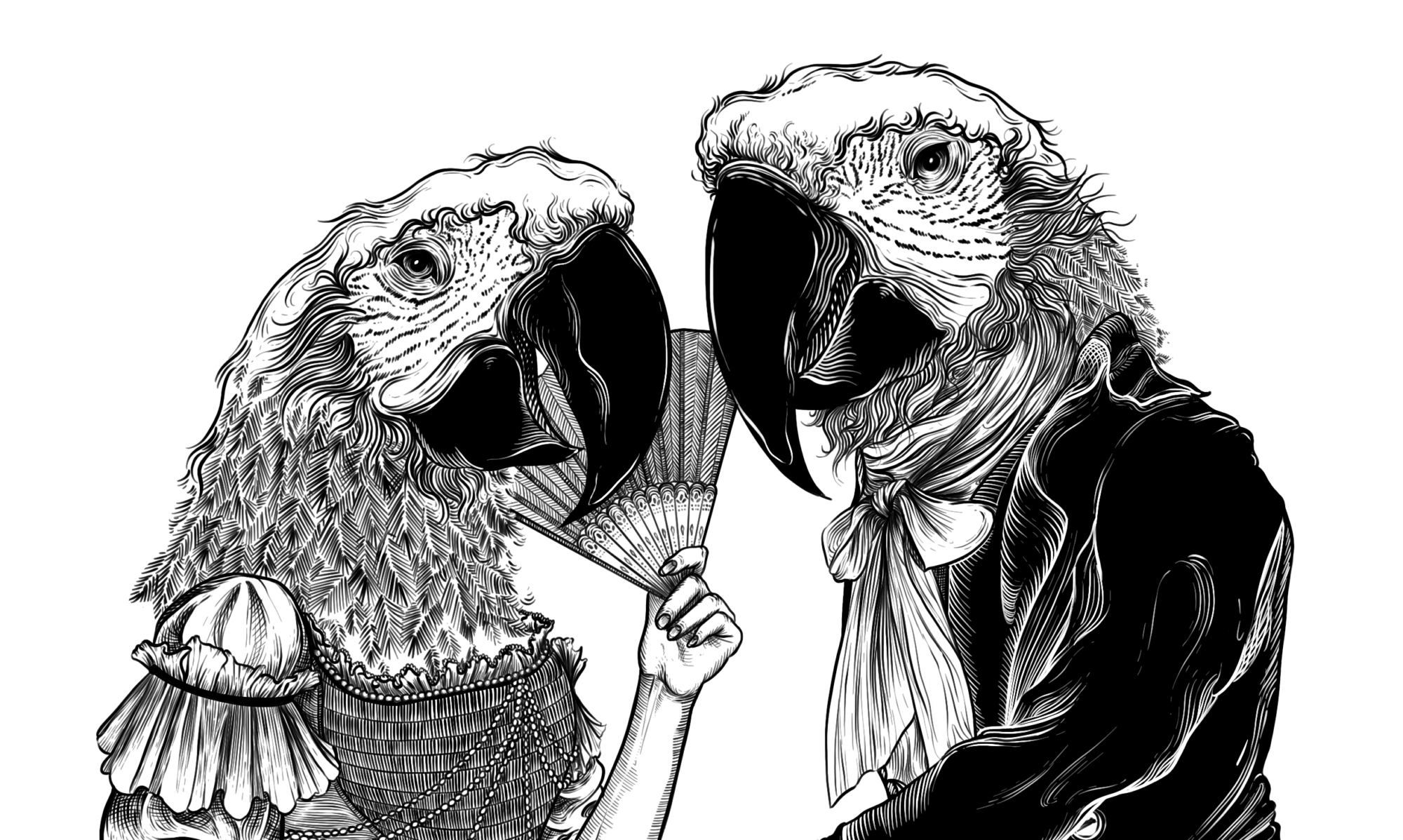“Whatever faults [women] are guilty of in this kind, ought, me thinks, in a greater measure to be imputed to the men.”
Eliza Haywood (c. 1693-1756) was one of the first generation of writers to “live by her pen.” Throughout her career Haywood adopted many roles: she was an actress, playwright, novelist and prolific essayist. However, she always used her platform to celebrate and advocate for women.
Haywood first made her name writing scandalous stories, which danced on the fine line between conduct literature and erotica. Her best known novella, Fantomina, tells the study of a young lady who adopts a serious of disguises in order to hold the attention of man she loves but doesn’t like to sleep with the same woman twice.
It was for this kind of writing that Haywood attracted the ire of satirist and cultural gatekeeper Alexander Pope who, in the pages of The Dunciad, dismissed Haywood as a “shameless scribbler”, writing:
“See in the circle next, Eliza plac’d,
Two babes of love close clinging to
her waste”
Pope imagines Haywood in the theatre (“in the circle”) alluding to the fact that Haywood was an actress early in her career, and it was a common inference that actresses were also prostitutes. The two children are “babes of love”, the implication being that they were conceived out of wedlock, and the use of “waist” instead of “waste” is likely intended to imply that he thinks her writing, which is also the source of the income with which she provides for these children, is rubbish.
However, rather than successfully destroying her reputation as a writer, Christine Blouche argues that Haywood managed to repurpose the initially negative publicity she got from having been named by Pope in the Dunciad to ultimately boost her reputation and sell more copy. Blouche writes, “Haywood was not only not silenced by Pope, but capitalized on her post-Dunciad notoriety” (1991, p. 541).
In 1741-46, Haywood ran a monthly periodical called The Female Spectator, which explicitly courted an audience of female readers (a practice Jonathan Swift disparaged as “fair sexing”: writing periodicals to appeal to a second-hand readership of women who might inherit the paper when their husbands had finished with it). Proudly presenting itself as a magazine by women and for women, Haywood carved out a space to celebrate female readers and campaign for female education.
Haywood followed The Female Spectator with The Parrot, a nine-issue weekly periodical written from the perspective of a green parrot. Taken from his home in the East Indies and forced into a life of captivity, Haywood’s parrot he has lived for half a century by the time that we meet him and been owned by dozens and dozens of different people. This has left him with a sour view of humanity, and of the British in particular, believing humans to be too keen to judge a person’s internal qualities on their external opinion.
“Pretty Prattler” was an insult often used by men to discredit clever comments made by women, the insinuation being that they are simply repeating something clever that they heard elsewhere. Referring to women as parrots was also a way of casting dispersions on their tact, implying that they were hopeless gossips compelled to repeat everything they heard.
Haywood appropriates this insult and uses it to craft a voice which with she can speak out on behalf of anyone who has been marginalized by the dominant print culture of the eighteenth-century coffee house, be that women writers, people of color, enslaved people or Jacobite sympathizers.
References
Christine Blouch. Eliza Haywood and the Romance of Obscurity. Studies in English Literature, 1500-1900. 1991 (31.3), pp. 535-552.

